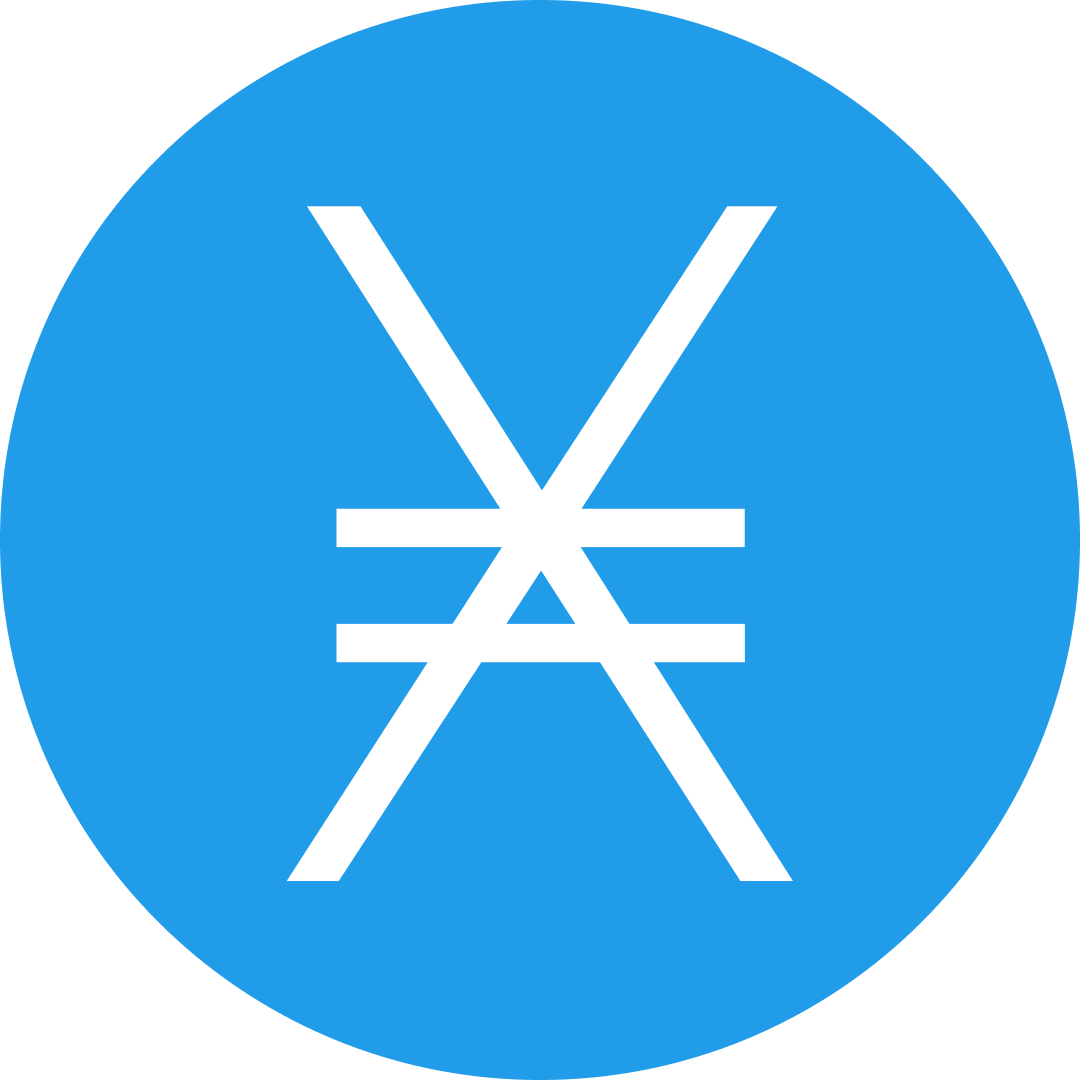-
 bitcoin
bitcoin $102877.190955 USD
1.88% -
 ethereum
ethereum $3430.435064 USD
4.52% -
 tether
tether $0.999264 USD
-0.05% -
 xrp
xrp $2.307310 USD
4.49% -
 bnb
bnb $987.740692 USD
3.82% -
 solana
solana $161.947760 USD
3.97% -
 usd-coin
usd-coin $0.999712 USD
-0.05% -
 tron
tron $0.292810 USD
2.93% -
 dogecoin
dogecoin $0.179738 USD
10.70% -
 cardano
cardano $0.580716 USD
8.75% -
 hyperliquid
hyperliquid $42.463448 USD
8.40% -
 chainlink
chainlink $15.763437 USD
7.05% -
 zcash
zcash $649.595636 USD
17.21% -
 bitcoin-cash
bitcoin-cash $511.610261 USD
7.19% -
 stellar
stellar $0.292537 USD
7.91%
What is the relationship between blockchain and cryptocurrency?
Blockchain and cryptocurrency are deeply intertwined: blockchain provides the secure, decentralized ledger that enables cryptocurrencies like Bitcoin and Ethereum to function transparently and reliably.
Aug 04, 2025 at 07:28 am
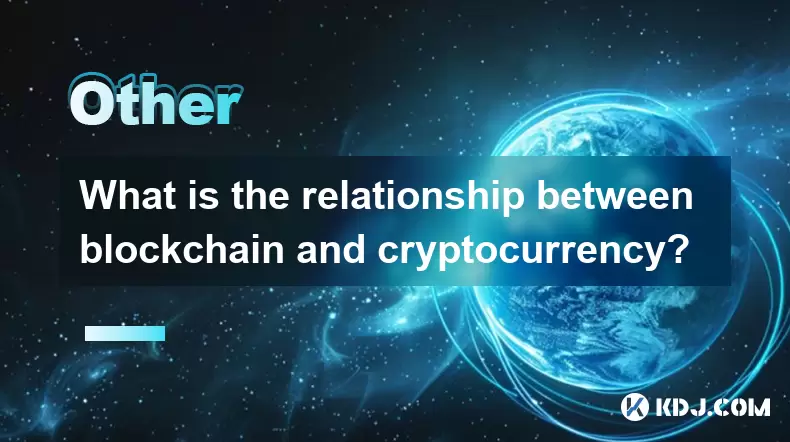
Understanding the Core Concepts of Blockchain and Cryptocurrency
To explore the relationship between blockchain and cryptocurrency, it is essential to first define each term independently. Blockchain is a decentralized digital ledger technology that records data across multiple computers in a way that ensures the information cannot be altered retroactively. Each block in the chain contains a list of transactions, and once recorded, the data in any given block cannot be changed without altering all subsequent blocks, which requires consensus from the network. This structure provides transparency, immutability, and security.
Cryptocurrency, on the other hand, refers to digital or virtual currencies that use cryptography for security and operate independently of a central authority. Examples include Bitcoin, Ethereum, and Litecoin. These digital assets are designed to function as a medium of exchange, leveraging cryptographic techniques to secure financial transactions, control the creation of additional units, and verify the transfer of assets.
How Blockchain Enables Cryptocurrency Functionality
The foundation of every cryptocurrency lies in blockchain technology. Without blockchain, most cryptocurrencies would not be able to operate in a trustless, decentralized manner. When a user initiates a cryptocurrency transaction—such as sending 0.5 BTC from one wallet to another—the transaction is broadcast to a peer-to-peer network of computers, known as nodes. These nodes validate the transaction using consensus mechanisms like Proof of Work (PoW) or Proof of Stake (PoS).
Once verified, the transaction is grouped with others into a block. This block is then added to the existing blockchain through a cryptographic hash linking it to the previous block. The decentralized nature of the blockchain ensures that no single entity controls the entire transaction history, making it extremely difficult to counterfeit or double-spend coins. This process is what gives cryptocurrencies their integrity and reliability.
The Role of Consensus Mechanisms in Maintaining Trust
Consensus mechanisms are critical in aligning the state of the blockchain across all participating nodes. In Proof of Work, miners compete to solve complex mathematical puzzles, and the first to solve it gets to add the next block and is rewarded with newly minted cryptocurrency, such as Bitcoin. This process secures the network and incentivizes honest participation.
In Proof of Stake, validators are chosen to create new blocks based on the number of coins they 'stake' or lock up as collateral. This method reduces energy consumption compared to PoW and still ensures that malicious actors would need to control a majority of the staked coins to compromise the system—a costly and impractical endeavor. These mechanisms are what allow blockchain networks to remain secure and decentralized, directly enabling the existence of trustless cryptocurrency transactions.
Smart Contracts and the Expansion of Blockchain Beyond Currency
While blockchain was originally developed to support Bitcoin, its applications have expanded significantly, especially with the advent of smart contracts. Platforms like Ethereum utilize blockchain to execute self-executing contracts with the terms directly written into code. These contracts automatically trigger actions—such as releasing funds or transferring ownership—when predefined conditions are met.
This functionality extends blockchain’s utility far beyond simple currency transfers. It enables decentralized finance (DeFi) platforms, non-fungible tokens (NFTs), and decentralized applications (dApps). However, even in these advanced use cases, cryptocurrency remains integral as it provides the native token required to pay for transaction fees (gas fees) and incentivize network participants. Thus, while blockchain can support non-monetary applications, cryptocurrency often serves as the economic engine driving these ecosystems.
Interdependence in Practice: Real-World Implementation
In practical terms, the relationship between blockchain and cryptocurrency is one of mutual dependence. Cryptocurrencies rely on blockchain for secure, transparent, and tamper-proof transaction recording. Conversely, many blockchain networks rely on cryptocurrency to incentivize participation, maintain security, and facilitate on-chain economic activity.
For example, when using the Ethereum network to deploy a smart contract, users must pay gas fees in ETH, the native cryptocurrency. These fees compensate validators for computational resources and deter spam. Similarly, Bitcoin miners are rewarded in BTC for validating transactions and securing the network. Without these token-based incentives, there would be little motivation for individuals to contribute computing power or stake assets, potentially undermining the entire system.
Distinguishing Between the Technology and the Asset
It is possible to have blockchain without cryptocurrency, such as in private or permissioned blockchains used by enterprises for supply chain tracking or internal auditing. These systems may not require a native token because access is restricted and trust is established through identity verification rather than economic incentives.
However, public, decentralized blockchains almost always incorporate a cryptocurrency to align incentives and ensure network security. The presence of a native token allows for permissionless participation, where anyone can join the network, validate transactions, and earn rewards. This model fosters decentralization and resilience, which are core principles of most major cryptocurrencies.
Frequently Asked Questions
Can a blockchain exist without a cryptocurrency?Yes, private or consortium blockchains can operate without a cryptocurrency. These are typically used by organizations that require transparency and immutability but do not need a token to incentivize participants. Examples include Hyperledger Fabric or R3 Corda, where access is controlled and trust is managed through governance rather than economic mechanisms.
Why do public blockchains need a native cryptocurrency?Public blockchains require a native cryptocurrency to incentivize network participants such as miners or validators. This token rewards honest behavior, pays for transaction processing, and secures the network against attacks. Without it, there would be no economic model to sustain decentralized operation.
Is every cryptocurrency built on blockchain?Most cryptocurrencies are built on blockchain technology, but some use alternative distributed ledger structures like Directed Acyclic Graphs (DAGs). For instance, IOTA uses a Tangle system instead of a traditional blockchain. However, the vast majority—including Bitcoin and Ethereum—rely on blockchain for transaction validation and record-keeping.
Can blockchain technology be used for non-financial applications?Absolutely. Blockchain is used in supply chain management, voting systems, digital identity verification, and intellectual property tracking. While these applications may not involve cryptocurrency transactions, they benefit from the immutability, transparency, and decentralization that blockchain provides.
Disclaimer:info@kdj.com
The information provided is not trading advice. kdj.com does not assume any responsibility for any investments made based on the information provided in this article. Cryptocurrencies are highly volatile and it is highly recommended that you invest with caution after thorough research!
If you believe that the content used on this website infringes your copyright, please contact us immediately (info@kdj.com) and we will delete it promptly.
- Ripple (XRP) in 2026: Hold or Fold? A Look at XRP's Future and Emerging DeFi Alternatives
- 2025-11-08 18:35:01
- Zcash ZEC Coin Price Explosion: From Privacy Niche to Center Stage
- 2025-11-08 18:55:01
- Berachain Price Prediction: Navigating the Honeycomb Hype in Crypto
- 2025-11-08 18:55:01
- Arthur Hayes, Gold, and Bitcoin: A Modern Monetary Trinity?
- 2025-11-08 19:15:01
- Shiba Inu's Next Move: Navigating a Shifting Market
- 2025-11-08 19:20:01
- Pakistan's Crypto Crossroads: Balancing Opportunity with Asset-Backed Realities
- 2025-11-08 19:20:01
Related knowledge

What is a cryptographic nonce and how is it used to prevent replay attacks?
Nov 08,2025 at 05:00pm
Understanding Cryptographic Nonces in Blockchain Systems1. A cryptographic nonce is a number used only once within a specific cryptographic communicat...

What is a call data in an Ethereum transaction and how is it used?
Nov 09,2025 at 01:59am
Understanding Call Data in Ethereum Transactions1. Call data refers to the information sent along with a transaction on the Ethereum network that spec...
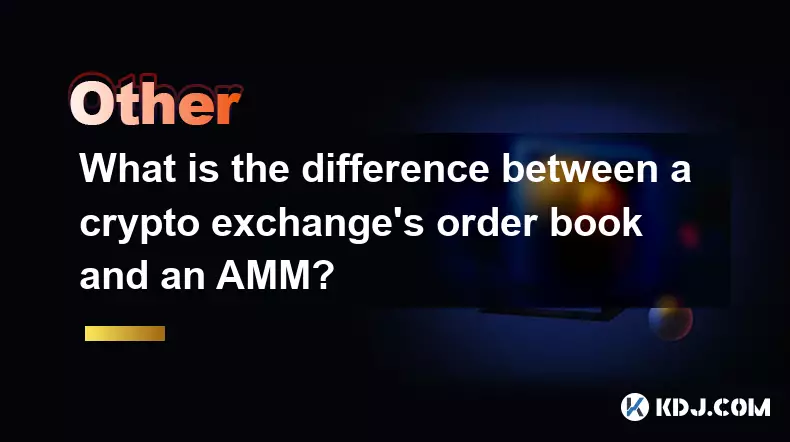
What is the difference between a crypto exchange's order book and an AMM?
Nov 09,2025 at 12:19am
Understanding the Structure of Crypto Exchange Order Books1. An order book is a real-time list of buy and sell orders for a specific cryptocurrency, o...
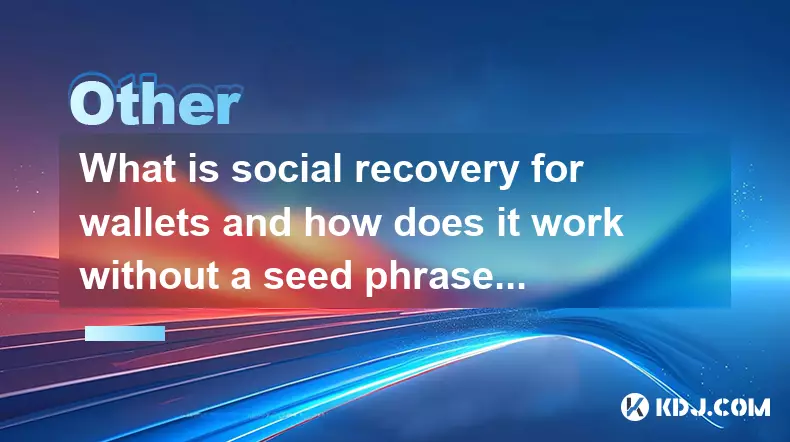
What is social recovery for wallets and how does it work without a seed phrase?
Nov 08,2025 at 08:39am
Social Recovery in Cryptocurrency Wallets1. Social recovery is a mechanism designed to help users regain access to their cryptocurrency wallets withou...

What is a confidential transaction and how does it hide transaction amounts?
Nov 08,2025 at 07:19pm
Understanding Confidential Transactions in Cryptocurrency1. Confidential transactions are a cryptographic method used in certain blockchain networks t...
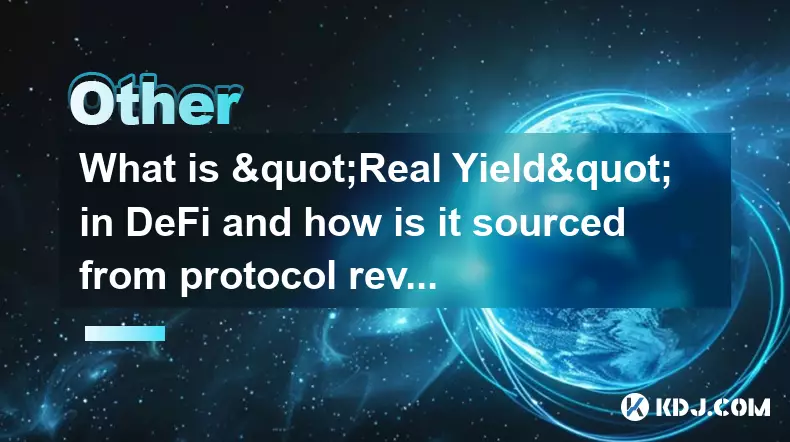
What is "Real Yield" in DeFi and how is it sourced from protocol revenue?
Nov 09,2025 at 04:40am
Understanding Real Yield in Decentralized Finance1. Real yield refers to the actual returns generated by a decentralized finance (DeFi) protocol throu...

What is a cryptographic nonce and how is it used to prevent replay attacks?
Nov 08,2025 at 05:00pm
Understanding Cryptographic Nonces in Blockchain Systems1. A cryptographic nonce is a number used only once within a specific cryptographic communicat...

What is a call data in an Ethereum transaction and how is it used?
Nov 09,2025 at 01:59am
Understanding Call Data in Ethereum Transactions1. Call data refers to the information sent along with a transaction on the Ethereum network that spec...

What is the difference between a crypto exchange's order book and an AMM?
Nov 09,2025 at 12:19am
Understanding the Structure of Crypto Exchange Order Books1. An order book is a real-time list of buy and sell orders for a specific cryptocurrency, o...

What is social recovery for wallets and how does it work without a seed phrase?
Nov 08,2025 at 08:39am
Social Recovery in Cryptocurrency Wallets1. Social recovery is a mechanism designed to help users regain access to their cryptocurrency wallets withou...

What is a confidential transaction and how does it hide transaction amounts?
Nov 08,2025 at 07:19pm
Understanding Confidential Transactions in Cryptocurrency1. Confidential transactions are a cryptographic method used in certain blockchain networks t...

What is "Real Yield" in DeFi and how is it sourced from protocol revenue?
Nov 09,2025 at 04:40am
Understanding Real Yield in Decentralized Finance1. Real yield refers to the actual returns generated by a decentralized finance (DeFi) protocol throu...
See all articles





















![The Graph Price Prediction [GRT Crypto Price News Today] The Graph Price Prediction [GRT Crypto Price News Today]](/uploads/2025/11/07/cryptocurrencies-news/videos/690d4df44fe69_image_500_375.webp)

















































